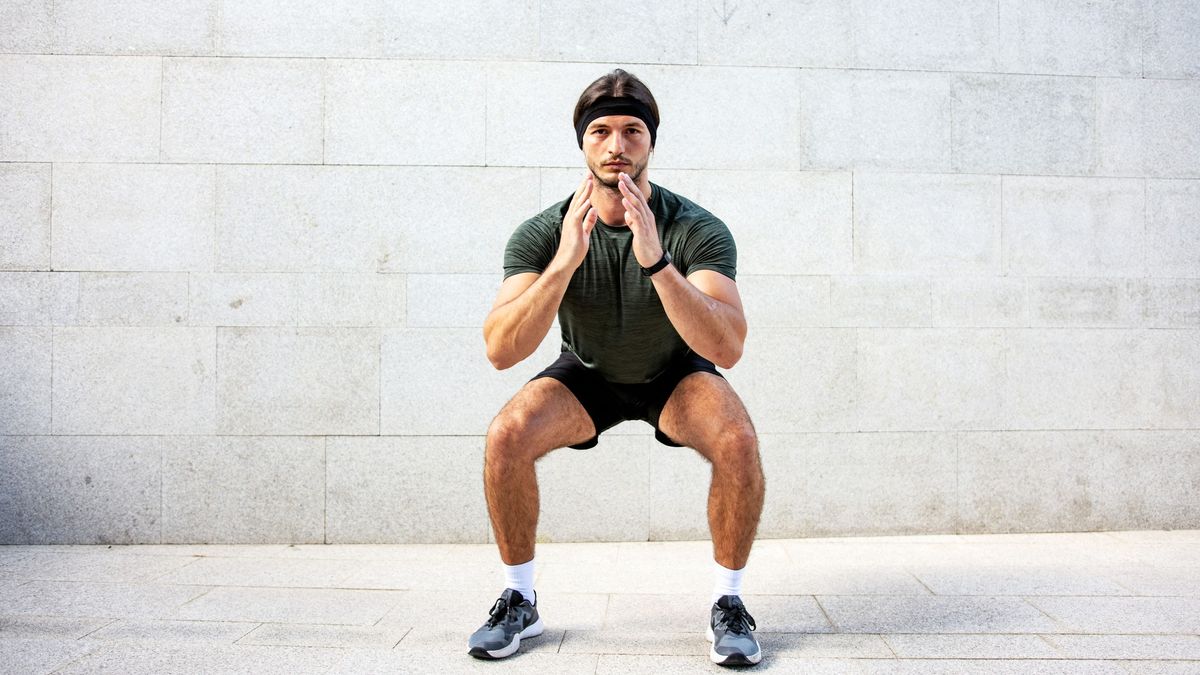
**Walking Yoga: Embracing Movement and Mindfulness**
Walking yoga is a harmonious fusion of two ancient practices—yoga and walking. This blend merges the meditative elements of walking with the physical postures and breathing techniques of yoga, providing practitioners a distinctive way to connect with both body and mind.
**Origins and Evolution**
Years ago, groundbreaking yoga instructors began to seek methods to move traditional practices off the mat and into the great outdoors. One notable experience took place in the picturesque Catskills, where an innovative instructor conducted a walking yoga class at a health spa. This combination of exercise quickly enchanted guests, introducing an exhilarating way to practice yoga amidst nature.
As time progressed, the practice gained traction, transforming into a lively and enjoyable form of exercise that fosters mindfulness, relaxation, and physical well-being. Today, walking yoga is gaining traction globally, with more instructors discovering inventive ways to weave the natural environment into their sessions.
**What is Walking Yoga?**
Walking yoga effortlessly integrates yoga postures, pranayama (breathing exercises), and mindfulness into a guided stroll. In contrast to traditional yoga, usually performed on a mat in a stationary position, walking yoga enables practitioners to traverse a natural setting, cultivating a deeper bond with the environment.
During a walking yoga session, participants are led through a sequence of gentle movements and poses while walking at a relaxed pace. These movements may encompass standing poses like tree pose, warrior pose, and mountain pose, adjusted to accommodate walking. Breathing exercises and meditative practices are included, promoting a focus on present-moment awareness and the rhythmic cadence of each step and breath.
**Benefits of Walking Yoga**
1. **Enhanced Mindfulness**: Walking yoga invites you to be present, concentrating on each step, breath, and movement, which can contribute to reduced stress and improved mental clarity.
2. **Physical Fitness**: By merging cardiovascular exercise with strength and flexibility training, walking yoga offers a well-rounded workout that enhances overall fitness.
3. **Connection with Nature**: Practicing outdoors promotes a stronger connection with nature, nurturing a sense of calm and well-being.
4. **Accessibility**: Appropriate for all ages and fitness levels, walking yoga is an inclusive form of exercise that can be easily adapted to individual preferences.
5. **Creativity and Fun**: The playful nature of walking yoga keeps the practice vibrant and engaging, encouraging individuals to explore various environments and movements.
**Conclusion**
Walking yoga is a joyous celebration of movement and mindfulness, merging the peaceful and contemplative aspects of yoga with the energizing effects of walking. Whether practiced in a lively city park or along a tranquil forest path, it provides a refreshing way to nourish both body and mind, inviting practitioners to savor the joy of movement in sync with nature. As the appeal of this exercise blend grows, it continues to motivate individuals to embrace outdoor yoga experiences and cultivate a deeper connection with their surroundings.